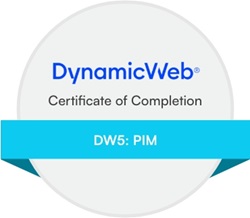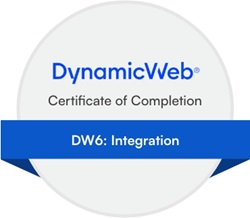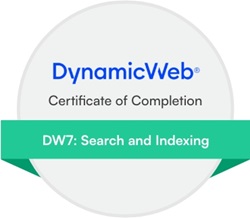Posted on 01/07/2025 10:17:17
Hi Andreas
Can you share a bit of more information? Which version of Dynamicweb - and is it a custom provider?
From my chat with my good friend, miss GPT:
Here are several angles I’d explore—any one of these (or a combination) could lead to that “mystery logout” behavior:
Cookie‐middleware ordering & types
-
External vs. application cookie
You’re registering only an ExternalCookie (used to hold the incoming identity from Azure AD), but you never issue a long-lived “application” cookie. Normally you do:
// 1) holds your own app’s login session
app.UseCookieAuthentication(new CookieAuthenticationOptions {
AuthenticationType = DefaultAuthenticationTypes.ApplicationCookie,
LoginPath = new PathString("/Account/Login"),
// …
});
// 2) holds the transient AzureAD token during the handshake
app.UseExternalSignInCookie(DefaultAuthenticationTypes.ExternalCookie);
// 3) then the OpenID/WS-Fed handler
app.UseOpenIdConnectAuthentication(…);
If you skip (1) you’re relying on the external cookie alone, which is removed immediately after sign-in and can slip away on the next redirect.
Cookie scope, domain & SameSite
-
Domain/subdomain mismatch
If the authenticated app runs on app.example.com but your cookie domain is defaulting to the bare hostname, it won’t be sent on refresh to another host.
-
SameSite defaults
Modern browsers default SameSite to “Lax,” so POST-backs or 3rd-party redirects may drop the cookie. Try:
CookieSameSite = SameSiteMode.None,
CookieSecure = CookieSecureOption.Always
to ensure it survives the OIDC roundtrip.
Expiration & sliding-expiration
-
You’ve set ExpireTimeSpan = 60 minutes, but if you haven’t enabled sliding expiration, the cookie will die exactly on that mark—even if the user is active.
SlidingExpiration = true,
-
Size limits & cookie truncation
Debugging tips
-
Capture the cookie lifecycle with your browser’s dev-tools (check when it’s set, when it’s deleted, and which request “loses” it).
-
Enable verbose OWIN logging:
<appSettings>
<add key="owin:Logging" value="Microsoft.Owin" />
</appSettings>
-
Hook the OWIN events in your OpenID/WS-Fed config:
Notifications = new OpenIdConnectAuthenticationNotifications {
MessageReceived = ctx => { /*…*/ },
RedirectToIdentityProvider = ctx => { /*…*/ },
AuthenticationFailed = ctx => { /*…*/ },
SecurityTokenValidated = ctx => { /*…*/ },
/* log each ctx.Properties … */
}
In short: double-check that you’re issuing a proper application cookie (not just the external one), that your cookie settings line up with your domain/SameSite needs, and that in a multi-server scenario your data-protection keys (or machineKey) are shared. From there, inspect the actual cookie on each redirect (size, presence/absence, expiry) and correlate with your OWIN logs to see exactly where it’s getting dropped or rejected.













